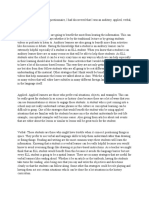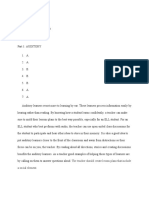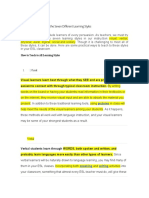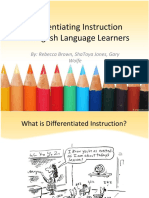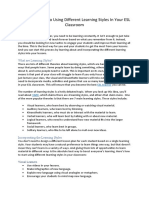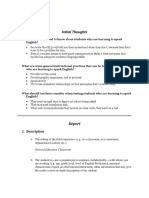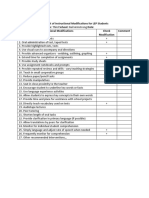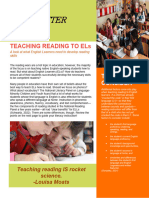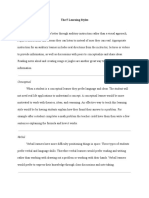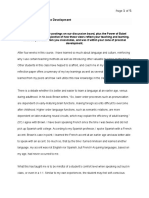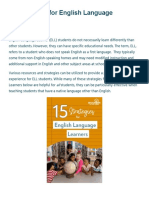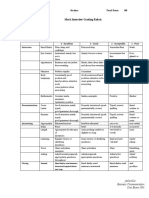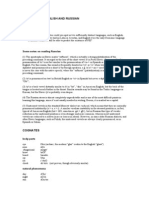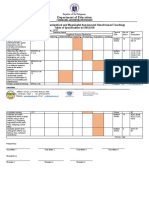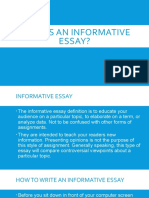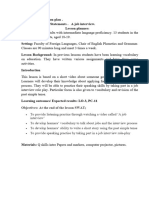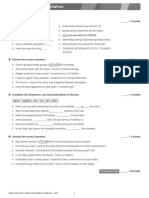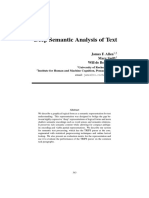Valerie Alfaro
Learning Style Questionnaire
Part One: Visual
Part Two: Conceptual
Part Three: Verbal
Part Four: Social
Part Five: Creative
My first learning style was visual. This is the learning style that I’ve often referred to
myself as having, and it is when your strengths lie in visual modes of learning, such as reading,
studying pictures, reading diagrams, and graphs, etc. My style for part two was conceptual,
which is when you prefer language and ideas to real-life situations. Next was verbal, which is
when you prefer verbal and language skills to just mentally being able to figure out how things
work. Then, I had a more social learning style, which I was not surprised by. I prefer working
and collaborating with my peers and I like classes that are heavy in discussion and participation.
My last learning style was creative. This was also not surprising, as my favorite assignments are
ones where I get to take the reins on as much as I can. I like being able to control where an
assignment is going rather than an assignment where I’m told what to do exactly and what to
say exactly. I think it would be great to start a class off by assessing each student’s learning
styles because you can adjust your teaching to fit what may work best for the overall group,
and then use the individual learning styles when addressing issues one on one with your ELL
student.
If I were teaching an ELL student who is more of a visual learner, I would provide visual
aids wherever I could. An example of this would be showing pictures of WW2 if reading a
historical fiction about WW2. This can help students contextualize the reading and gain a better
understanding of the story. If I had to teach an ELL student that was a conceptual learner, I
would teach by asking more “Who? What? Where? Why?” questions. Instead of focusing on
individual facts, I’d find a concept they can relate the lesson to, something they may
understand better, and use that connection to help them get to what I’m trying to teach them.
Next, if my ELL student was a verbal learner, one example of how I might teach them would be,
if we were doing a play, modeling reading lines in front of the class, and then allowing them to
work with a partner and practicing reading aloud. That way, I’m modeling the verbal behavior
that I am expecting from them. If I was teaching an ELL student that is a social learner, I would
do a lot of group work. Small group discussions where they get to speak to a smaller audience
of people, they may be more comfortable speaking to can help improve confidence. Lastly, if
my ELL student is a creative learner, I’d allow them to do one creative free write every week,
which I would give constructive feedback on, that way I can see how they’re doing in terms of
second language acquisition, and I can help aid them in any areas they may need more help in.
This is also just a great way to keep track of their progress


